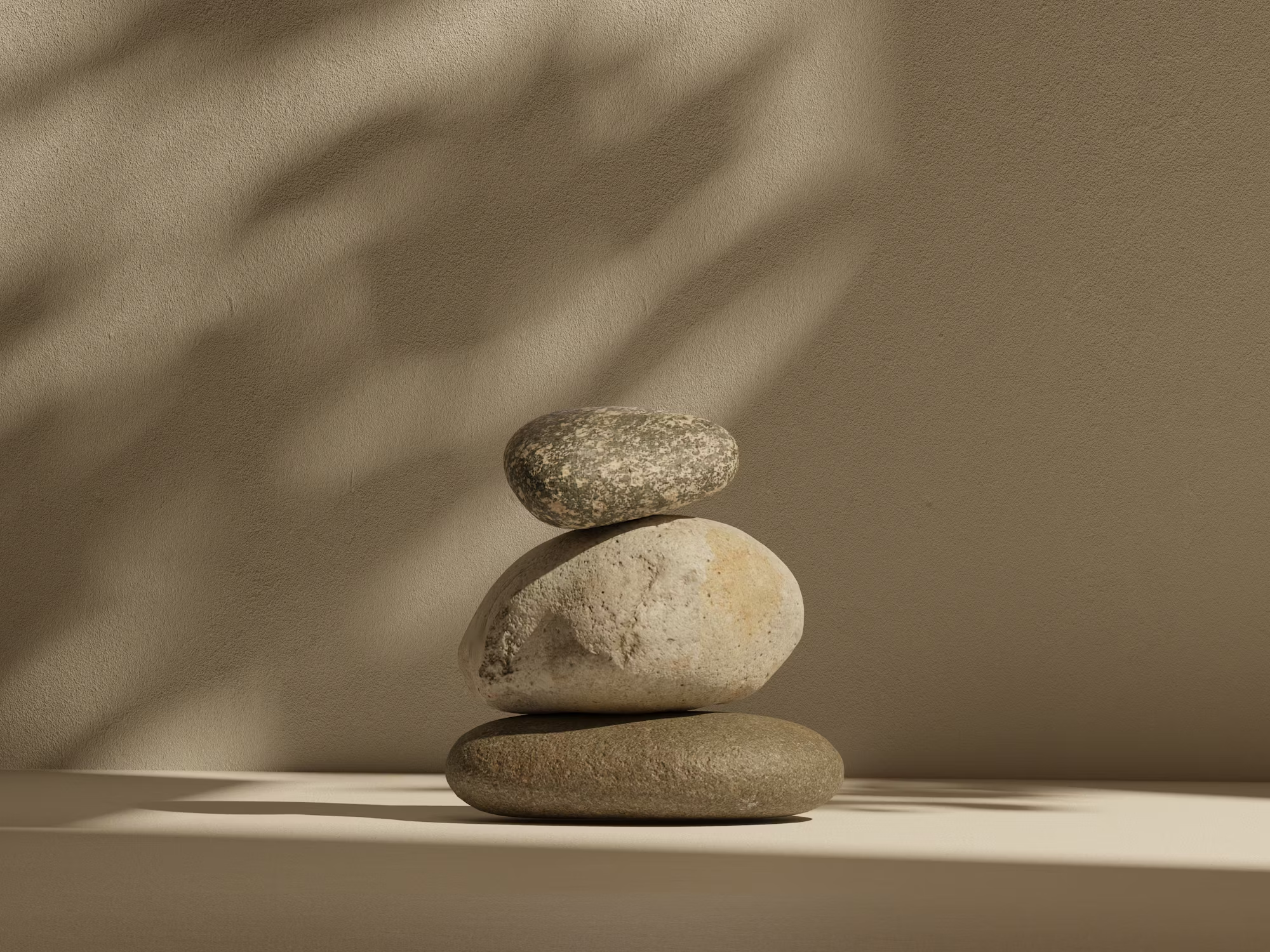Feng Shui, an ancient Chinese practice, is rooted in the belief that our environment affects our well-being and energy. The term translates to “wind” (feng) and “water” (shui), symbolizing the flow of life energy or Qi (chi) that permeates our surroundings. By arranging spaces according to Feng Shui principles, we can create harmonious environments that promote health, happiness, and prosperity. This article delves into the core concepts of Feng Shui and offers practical tips for integrating its philosophy into contemporary interior design.
Understanding Feng Shui Principles
At its core, Feng Shui is about creating balance and harmony in our living spaces. The philosophy is based on several key principles:
1. Qi Flow: The central tenet of Feng Shui is the concept of Qi, which is the life force that flows through everything. A well-designed space allows Qi to flow freely, enhancing energy and vitality. Clutter, on the other hand, obstructs this flow, leading to stagnation and imbalance.
2. Yin and Yang: This principle represents the duality of nature—light and dark, active and passive, soft and hard. A balanced environment incorporates both Yin and Yang elements to create a sense of tranquility and vitality. For instance, pairing soft textures with hard surfaces or bright colors with muted tones can achieve this balance.
3. Five Elements: Feng Shui recognizes five essential elements—Wood, Fire, Earth, Metal, and Water. Each element has unique qualities and associations. Integrating these elements into design can enhance specific aspects of life, such as creativity, wealth, or health. For instance, incorporating wooden furniture can promote growth, while water features can symbolize abundance.
4. Bagua Map: The Bagua is a tool used to analyze the energy map of a space. It divides areas of a home into nine sections, each associated with different life aspects like wealth, love, and career. By aligning the Bagua with your space, you can determine which areas to enhance or adjust for better energy flow.
5. Clutter Clearing: A crucial aspect of Feng Shui is the practice of decluttering. Removing unnecessary items not only frees up physical space but also clears emotional and mental energy. A tidy environment promotes positive Qi and allows for new opportunities to flow in.
Incorporating Feng Shui in Interior Design
Now that we understand the basic principles of Feng Shui, let’s explore how to incorporate these concepts into modern interior design.
1. Assessing Your Space
Begin by evaluating your living space through the lens of Feng Shui. Identify areas where energy may be stagnant due to clutter or poor layout. Assess the natural light, airflow, and furniture arrangement in each room. This self-assessment will guide your design decisions moving forward.
2. Arranging Furniture for Optimal Flow
Furniture arrangement plays a crucial role in Feng Shui. Aim to create open pathways that allow Qi to flow smoothly throughout the space. Avoid blocking doorways and pathways with furniture, as this can obstruct energy. Consider the placement of key pieces:
– Sofas and Chairs: Position seating to promote conversation, ideally facing each other to foster connection. Ensure that chairs have a clear view of the entrance, creating a sense of security.
– Beds: Place beds in a commanding position, ideally diagonal from the door but not directly in line with it. This allows for a sense of safety and control.
– Desks: For home offices, position desks so that the user can see the entrance. This fosters productivity and focus, enhancing work performance.
3. Utilizing the Five Elements
Incorporate the five elements into your design through color, materials, and decor. Here are some suggestions for each element:
– Wood: Use wooden furniture or plants to represent growth and vitality. Incorporating greens can also enhance this element.
– Fire: Introduce warmth and energy through candles, fireplaces, or red and orange accents.
– Earth: Use earthy colors like browns and yellows, and incorporate natural materials like stone and ceramics to create a sense of stability.
– Metal: Introduce metallic elements through fixtures or decor, which can promote clarity and precision.
– Water: Add a water feature or incorporate shades of blue to symbolize abundance and flow.
4. Enhancing the Bagua Areas
Use the Bagua map to identify which areas of your home correspond to specific life aspects. Enhance these areas by incorporating colors, shapes, and elements associated with each aspect. For example:
– Wealth Area (Southeast): Introduce plants or wooden decor to promote growth and prosperity.
– Love Area (Southwest): Use soft textiles and pairs of objects, like two candles or pillows, to symbolize partnership and harmony.
– Career Area (North): Incorporate water elements or black colors to stimulate career opportunities and success.
5. Choosing Colors Wisely
Color plays a significant role in Feng Shui, as each color has unique energy and associations. For instance:
– Red: Represents passion and energy but should be used sparingly to avoid overwhelming the space.
– Blue: Promotes tranquility and calm, making it ideal for bedrooms and relaxation areas.
– Green: Symbolizes growth and vitality, perfect for living spaces and offices.
– Earth Tones: Foster a sense of grounding and stability, making them suitable for common areas.
Creating a Balanced Atmosphere
To create a harmonious atmosphere, focus on balance and symmetry. Incorporate pairs of objects, such as matching lamps or decorative items, to enhance feelings of stability and connection. Additionally, consider lighting options that create warmth and ambiance. Natural light is vital, so keep windows clear and unobstructed.
Decluttering and Organizing
Before making any major design changes, declutter your space thoroughly. Start small, focusing on one room or area at a time. Consider the emotional value of items—if they no longer serve a purpose or bring you joy, it may be time to let them go. Once you’ve decluttered, organize remaining items into designated spaces, creating a sense of order and calm.
Incorporating Nature
Bringing elements of nature indoors is a key aspect of Feng Shui. Incorporate plants, natural light, and organic materials into your design. Plants not only purify the air but also add vibrant energy and life to your space. Consider incorporating natural elements like stone, wood, or water features to foster a connection with the natural world.
Mindful Decor Choices
When selecting decor items, choose pieces that resonate with positive energy. Opt for artwork and decorations that evoke feelings of joy, peace, and inspiration. Avoid images or items that carry negative associations or evoke unwanted emotions. Surrounding yourself with meaningful decor can enhance your overall sense of well-being and harmony.
Conclusion
Feng Shui is a powerful tool for creating harmonious and balanced living spaces. By understanding its principles and incorporating them into interior design, you can enhance your home’s energy and promote a sense of well-being. Whether you’re rearranging furniture, incorporating the five elements, or decluttering, these practices can lead to a more inviting and uplifting environment. Embrace the philosophy of Feng Shui, and watch as your space transforms into a sanctuary of peace and positivity.





